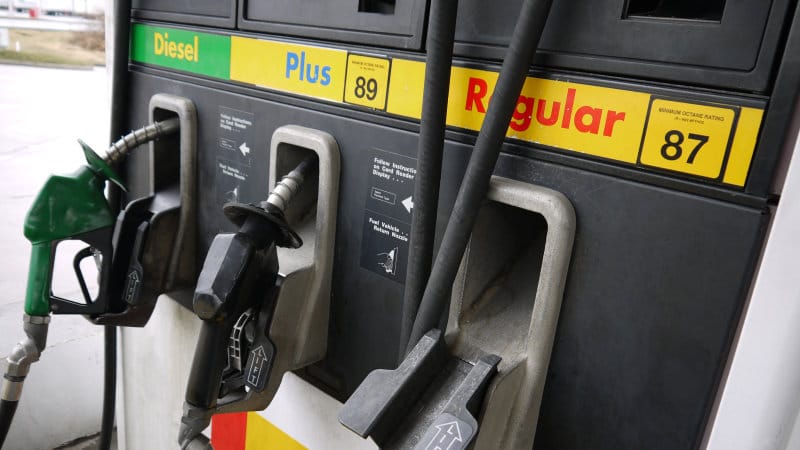EMV AT THE PUMP
EMV – which stands for Europay, MasterCard and Visa – is a global standard for cards equipped with computer chips and the technology used to authenticate chip-card transactions. In the wake of numerous large-scale data breaches and increasing rates of counterfeit card fraud, U.S. card issuers are migrating to this new technology to protect consumers and reduce the costs of fraud.
“These new and improved cards are being deployed to improve payment security, making it more difficult for fraudsters to successfully counterfeit cards,” says Julie Conroy, research director for retail banking at Aite Group, a financial industry research company. “It’s an important step forward.”
For merchants and financial institutions, the switch to EMV means adding new in-store technology and internal processing systems, and complying with new liability rules. For consumers, it means activating new cards and learning new payment processes.
Most of all, it means greater protection against counterfeit fraud.
EMV Can Be Crucial at the Pumps
Technology is always changing, and with it comes new transitions and regulations that you can’t afford to miss out on. October 2020 marks the deadline for EMV conversion at gas stations across the country. And while that date seems far off, there are many reasons gas station owners shouldn’t wait.
This date does not force EMV processing capabilities on gas station terminals, but does signify the shift of financial liability to whichever party (banks, card issuers, or merchants) does not support the more secure (EMV) technology. This is the same liability shift that occurred for all other retailers in October of 2015. To further explain the implications, any pay-at-the-pump terminals who have not yet converted to EMV by October 2020 will become responsible for any financial losses due to processing an EMV card transaction that results in fraud.
Gas stations have unique challenges that have pushed their EMV conversion deadline out a full two years later than all other retailers. It is far more costly for gas station owners to convert to EMV than other retailers and merchants. Updating pay at the pump terminals to accept EMV has an average cost of $6K-$10K per pump. Additionally, updated pumps require re-certification, which takes additional time.
Regardless of these challenges, the reality of card skimming can’t be ignored. Most people attempting card skimming at gas pumps depend on now-old card technology where account data is stored unencrypted on magnetic strips, leaving standard cardholders vulnerable to being counterfeited.
Card skimming fraud is particularly easy at pay-at-the-pump gas stations, as they are largely unattended by employees. Master keys to access fuel pumps can be purchased online, and the equipment is easier to hide and leave in place unnoticed for extended periods of time. When skimming devices are in place, card transactions will appear to go through as normal while capturing card and account information. This can potentially compromise thousands of customers before the skimming device is discovered. This will not only continue to be an issue while gas stations are not EMV compliant, but will increase before EMV adoption blocks card skimming crime completely.
EMV cards are designed to prevent skimming as long as the retailer has the necessary technology to process these cards. However, as the conversion to EMV is either deprioritized, delayed, or deemed to be too costly, gas stations in particular will continue to attract card-skimming schemes – especially as they remain the last vestige of unprotected self-pay by swipe options available to fraudsters. Gasoline retailers must determine if the cost of not converting to EMV terminals is worth the risk.



